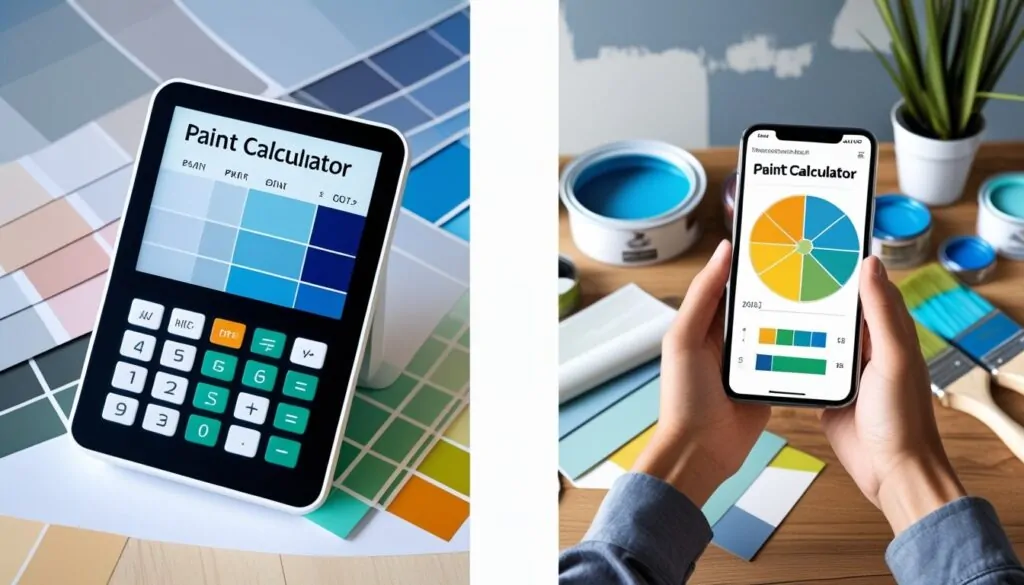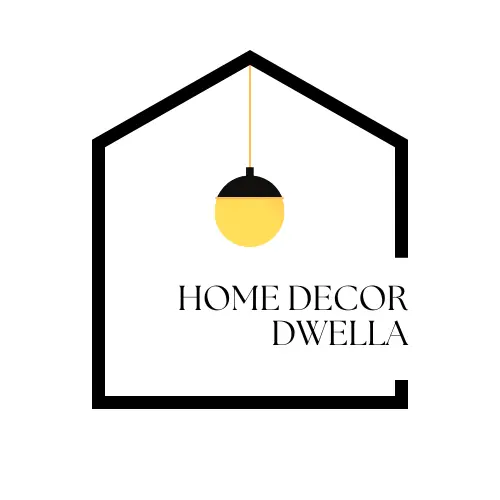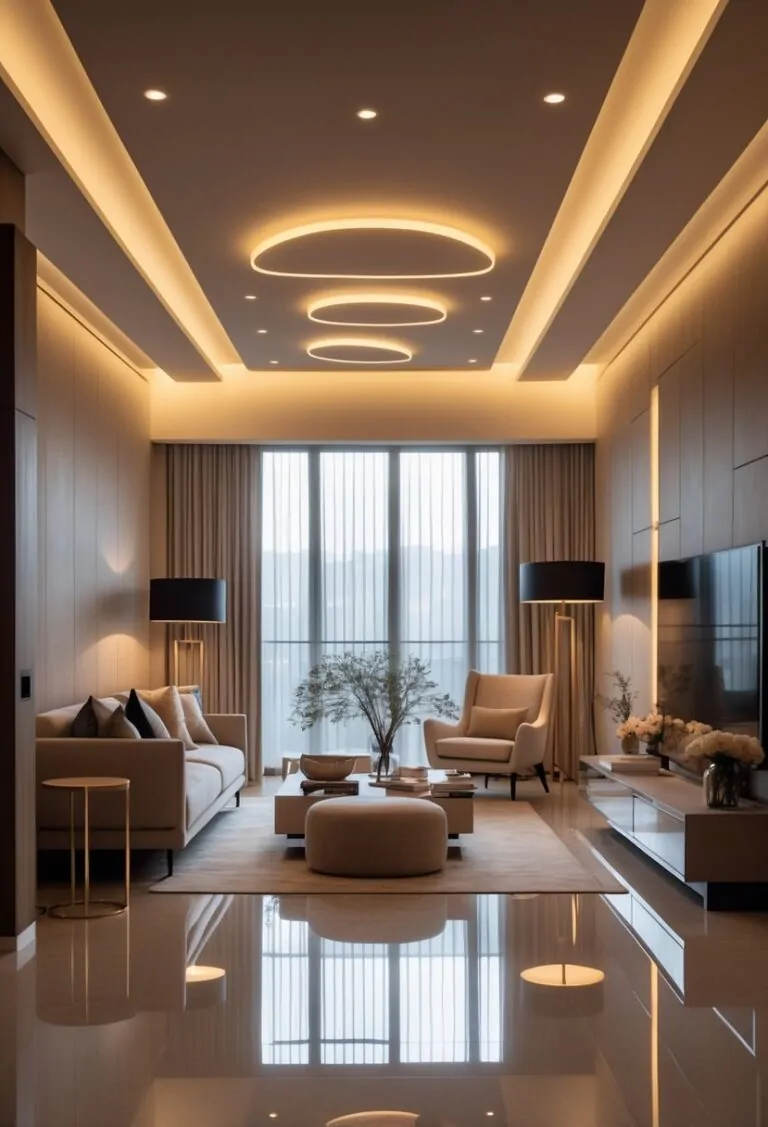The Right Way to Estimate Paint for Home Projects
When planning a home renovation or refresh, one of the most common questions homeowners ask is: “How much paint do I need?” Buying too much paint can be wasteful and expensive, while buying too little can cause frustrating delays. This is where a paint calculator becomes an essential tool in your home improvement toolkit.
A paint calculator helps determine how much paint you’ll need based on your room’s dimensions, the number of coats you plan to apply, and the texture of your walls. It takes the guesswork out of the equation and ensures a smoother, more cost-effective painting project.
Why Use a Paint Calculator?

Whether you’re updating a bedroom, living room, or the entire house, planning is critical. The paint calculator helps you estimate the total surface area to be painted and how much paint will be needed to cover it accurately. It considers the room’s length, width, height, the number of coats you want to apply, and even the texture of the walls.
For instance, smooth drywall will require less paint than a rough or textured brick wall. Our built-in paint calculator also allows you to adjust for these variations, making it ideal for different types of surfaces. The goal is to eliminate over-purchasing or last-minute trips back to the store for more paint.
How to Use Our Built-in Paint Calculator
🎨 Room Paint Calculator
Using the paint calculator on our site is simple and user-friendly. Here are the steps:
- Measure the Room – Use a tape measure to get the room’s length, width, and wall height in feet. Input these values into the calculator.
- Choose the Number of Coats – Most walls require two coats for even coverage, but you can adjust this based on your needs.
- Select Wall Surface Type – Choose from smooth, semi-rough, or rough surfaces. The calculator will adjust the coverage accordingly.
- Calculate – Hit the “Calculate” button. The result will show you the total paintable surface area and how many gallons of paint you need.
This quick estimation can save you from overbuying paint or running out mid-project.
Understanding Paint Coverage
Paint is typically sold by the gallon, and one gallon generally covers around 350 to 400 square feet on smooth surfaces. However, the actual coverage can vary depending on several factors:
- Wall Texture: Rough walls like stucco or brick require more paint.
- Color Change: Going from dark to light colors may require additional coats.
- Paint Quality: Higher-quality paint may offer better coverage, meaning fewer coats.
Our paint calculator adjusts for these variables, giving you a realistic estimate.
Step-by-Step Paint Estimation Example
Let’s say you’re painting a 12-foot by 15-foot room with 9-foot walls and you plan to apply two coats.
- Wall Area Calculation:
- (12 + 15) x 2 = 54 feet (perimeter)
- 54 x 9 = 486 sq ft (one coat)
- 486 x 2 coats = 972 sq ft total
If your walls are smooth, using a coverage rate of 400 sq ft per gallon:
- 972 / 400 = 2.43 gallons
You would round up and buy 3 gallons to account for any minor errors or touch-ups.
Adjusting for Windows and Doors
Don’t forget to subtract areas that won’t be painted, like doors and windows. Our paint calculator currently does not automatically subtract these, so if accuracy is crucial, manually deduct their surface area from your total.
- Standard door: ~20 sq ft
- Standard window: ~15 sq ft
So if your room has one door and two windows:
- 972 sq ft – (20 + 30) = 922 sq ft actual paintable area
That would adjust the paint requirement slightly.
Ceiling and Trim Options
If you’re painting the ceiling, measure its length and width, multiply those numbers, and add the square footage to your total. Similarly, if you’re painting baseboards or crown molding, consider their length and height as well. While our current calculator focuses on wall area, these extra components can be manually calculated and added to your paint requirement.
Don’t Forget About Primer
Primer is often overlooked but important. If you’re painting a new wall or covering a dark color, a primer coat can help reduce the number of paint coats needed. Many brands offer paint and primer in one, but it’s worth confirming their actual coverage efficiency. The same coverage rule applies—most primers cover about 200–300 sq ft per gallon.
Budget Planning with a Paint Calculator
Budgeting for your painting project goes beyond just the cost of paint. A complete painting budget includes:
- Paint and primer
- Brushes, rollers, trays
- Painter’s tape
- Drop cloths
- Extension poles or ladders
By knowing exactly how much paint you need using the paint calculator, you can more accurately estimate your material costs. This prevents overspending and ensures you allocate your funds efficiently.
Benefits of Accurate Estimation
Using a paint calculator comes with many benefits:
- Saves Money: Buy only what you need
- Saves Time: Fewer trips to the store
- Reduces Waste: Less leftover paint to dispose of
- Better Planning: Know what to expect and prepare accordingly
When to Hire a Professional
If your space has high ceilings, intricate trim work, or hard-to-reach areas, it might be best to consult a professional. While the paint calculator helps with material estimates, pros bring expertise that can save you from costly mistakes, especially in large or exterior projects.
Final Thoughts
Whether you’re tackling a DIY paint job or hiring a pro, using a paint calculator is one of the smartest first steps you can take. With just a few measurements and clicks, you can estimate the exact amount of paint needed for your walls, saving you time, money, and effort.
Ready to plan your next paint project? Scroll up and try our free paint calculator now!

